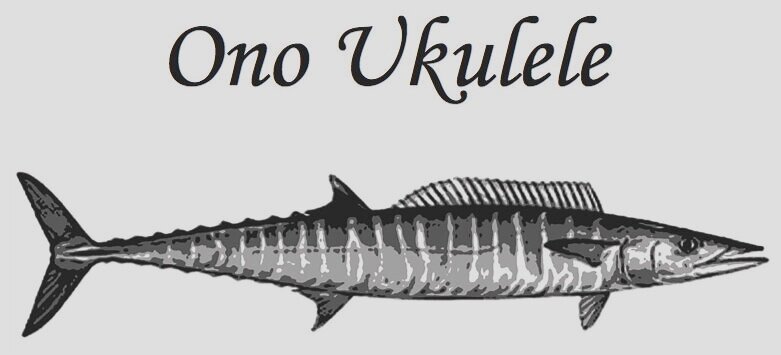The CNC bandwagon started to look like a good ride so I invested in a CNC router and set about learning to use a CAD program. The first application that I got working was creating the inlay and pocket for the “Ono” name on my pegheads. After the CAD files were created and refined, it has been very easy to do neat inlays. I’m mostly using mother of pearl for the inlay but on a few occasions have used wood when it was aesthetically desirable and on instruments that are to be shipped overseas. For a small builder, it just doesn’t seem practical to go through the CITES approval process that is necessary for MOP. I can also do other inlays, such as the Thai symbol that an owner requested. In this case, both the logo and the special symbol are wood because the instrument will be shipped to Thailand.
Creating the fretboard files was a challenge because I have a dozen different combinations of scale length and number of frets. It’s turned out to be well worth the effort for the amount of work that is saved and for the precision that can be exactly repeated every time. Also, CNC can cut pocket slots that result in a board that conceals the fret ends as if it were bound. A board looks so much cleaner if the fret ends don’t show. Of course, binding can still be used in the conventional manner if desired for decoration. The downside is that removing the ends of the tang on each fret is quite time consuming. Installing the frets on a board with exposed tang ends takes fifteen minutes on a bad day. The same job on a board with concealed fret ends takes a couple of hours or more but the result is worth the extra work.
The job of neatly trimming off the tang from each end of a fret is tedious but I’ve found that it can be done a little more easily with a mill.
In the end, the result justifies the investment:






